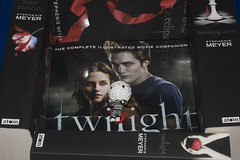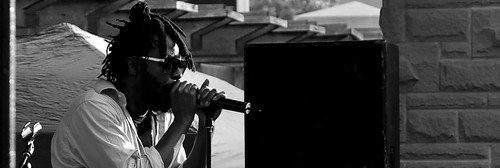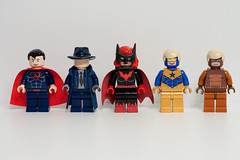The folks over at Sociological Images, have collected some great examples of the commodification of Black History by companies to market products like kool-aid, hair relaxers, BET, fried chicken and collard greens.
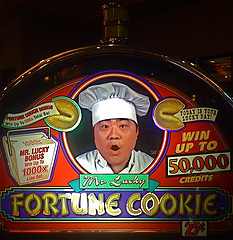
We suggest using these types of ads as a teaching tool in your classroom. First guide the students through the pictures posted on Sociological Images during class. Then, at home, have them find another example of a company using racial stereotypes to sell products (an ad, commercial or something like the image here) and write up a short summary of what stereotypes they believe it portrays. They could email them to you or post links to the class website. This activity would work best after students are familiar with the concept, but early enough in the course that it can inform their thinking for the rest. Sharing these images in class will start a great discussion, as well as get students to pay more attention to this type of racism in the media.
If students are having a hard time finding images, you could direct them to blogs that often post on this topic. For example…Sociological Images, The Color Line, Racialicious, Feministing…and many more!


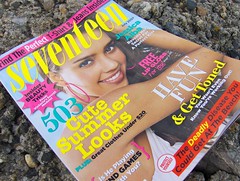
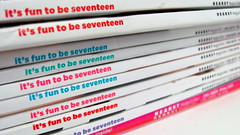 Have them bring their examples into class and form small groups for a “Gender Workshop” (this could definitely work in a large class!) They’ll take turns describing their finds to the other members of the group. After they’ve all had their turn, they’ll have a guided discussion about their experience, addressing these questions in a small group discussion:
Have them bring their examples into class and form small groups for a “Gender Workshop” (this could definitely work in a large class!) They’ll take turns describing their finds to the other members of the group. After they’ve all had their turn, they’ll have a guided discussion about their experience, addressing these questions in a small group discussion:
